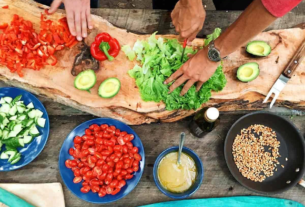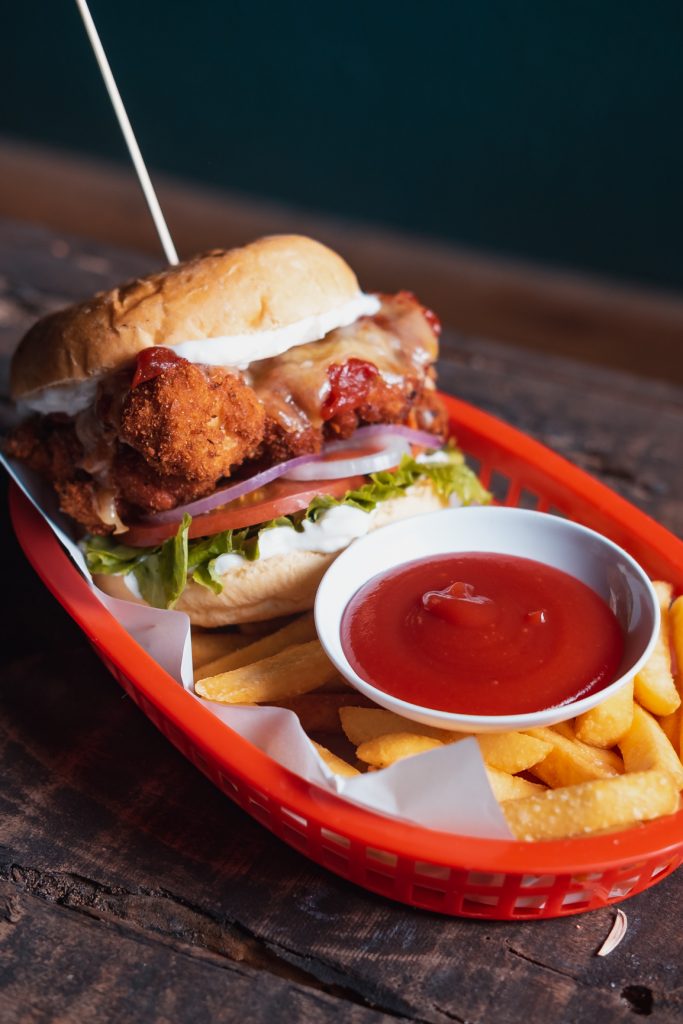Sous-vide cooking is really starting to gain popularity amongst foodies, but once you’ve got your hands on one of these gadgets, you might just be wondering exactly what to do with it next!
How does it work? What should you cook first? Fear not because we’re going to cover all of that in this quick introduction to sous-vide cooking.
What is It?
Let’s start with the basics. Sous-vide refers to vacuum sealing your food and cooking it at a precise temperature in a water bath (usually for a long period of time).
People love it so much because it gives you an amazing level of control over whatever it is you’re cooking and removes any guesswork, you just set the temperature, walk away and come back to the same perfectly cooked ingredients every time.
This article from Serious Eats has more information about what exactly sous-vide is and why you should be getting excited about it.
What You’ll Need
There’s a lot of fancy equipment that goes with sous-vide cooking, but the truth is that you don’t actually need a lot of it.
The first thing you’ll need is an immersion circulator, which draws water from your container, heats it up to your desired temperature (usually within 1˚C) and circulates it back around.
(You can also use a special sous-vide water bath, although these are more expensive and not really recommended for first-timers.)
In terms of the container, you can buy special plastic ones which have space for your circulator to sit in, but you can really use anything, as long as you have plenty of space for your ingredients to sit.
Finally, you will need to use a skillet or frying pan just to sear some ingredients when they’re done, because sous-vide doesn’t give good that same brown crust that you’re used to.
There are loads of additional pieces of equipment that you can use for sous-vide but they’re not all necessary. Check out this list from CNET.

What to Cook First
The first thing that everybody wants to try first is steak, as it’s always used to show off how great sous-vide is.
It’s no wonder why though because steak can sometimes be tricky to get right, with just a couple of minutes too long resulting in a bland, overcooked steak.
Simply decide how well you want the steak to be cooked, set the temperature (from 54˚C for rare to 70˚C for well-done) and you’re good to go.
Chicken is another popular early sous-vide dish. When cooking chicken normally, it’s super important that you cook it at a high temperature to kill all the harmful bacteria, but this also dries out the check and leaves it stringy.
However, with sous-vide, because the chicken is being cooked for so long, you can safely, lower the temperature to about 66-68˚C, meaning juicy and tender chicken every time.
Moving away from meat, you’d be amazed at what sous-vide can do to eggs. Eggs are actually one of the best things to cook sous-vide, because they have multiple different proteins, which set at different temperatures, making it tricky to get them exactly how you want them.
Again, this is where the precision of a sous-vide machine really comes into its own. And because they’re shell is already a watertight vessel, you don’t even need to vacuum pack them!
Check out this recipe from Sous-Vide Tools for more information on how to get your eggs just right.
Sous-vide might seem complex and expensive at first, but it really isn’t! Once you take those first step, we’re sure that you’ll never want to go back to conventional cooking.





